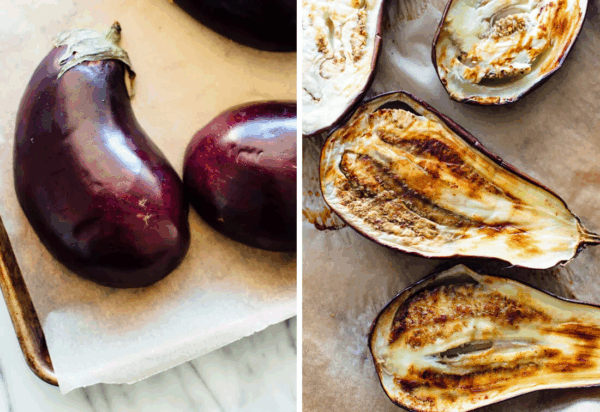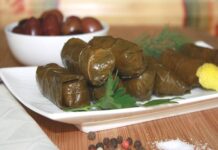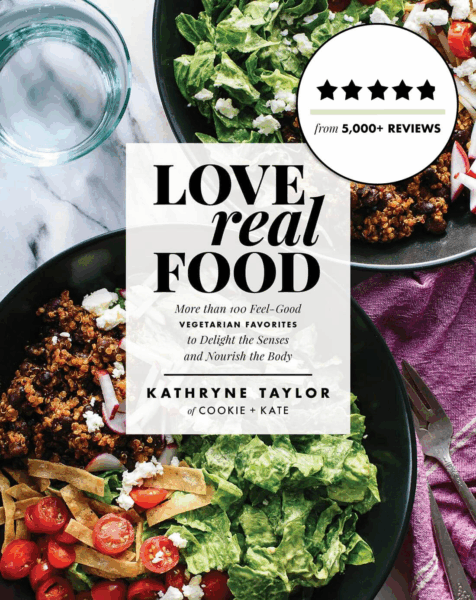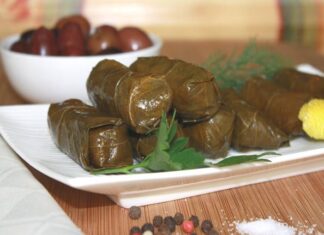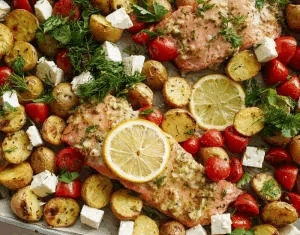In The New Book of Middle Eastern Food Claudia Roden, Egyptian-born British cookbook writer and cultural anthropologist of Sephardi/Mizrahi descent, describes baba ghanoush as “exciting and vulgarly seductive” — possibly one of the best compliments anything could have.
“The origins of baba ghanoush (or ganoush) are unknown, although medieval Arabic manuscripts indicate that the passion for eggplants dates back to at least the 13th century. It appears in many guises throughout the Middle East, sometimes under its alternative name, moutabel. A Lebanese version omits the tahini, while in parts of Syria yogurt replaces it. The dish’s essential smoky flavor comes from grilling eggplant over hot coals or baking it in a hot oven until it simply collapses, making the flesh easy to blend with the other ingredients. It is served chilled or at room temperature with vegetables, pita or other kinds of flatbread.”
“Eastern Arabian cuisine versions of the dish vary slightly from those of the Levant by spicing it with coriander and cumin; those versions might be minimally spiced and topped with thinly chopped parsley or coriander leaves. In Armenia, the dish is known as mutabal. The essential ingredients in Armenian mutabal are eggplant, tahini, garlic, lemon, and onion; and most Armenians also add cumin. In Syria, the dish is often mixed with sheep cheese, which turns it into a creamier dish.”
Food writer and historian Gil Marks writes in his book: “Israelis learned to make baba ghanouj from the Arabs.” An Israeli variant, salat ḥatzilim, is made with fried or grilled eggplants mixed with mayonnaise, salt, lemon and chopped fried onions. It is usually topped with olive oil when served.
No one knows more about wholesome, sustainable food than Kathryne Taylor at one of America’s most popular vegetarian food blogs, Cookie + Kate. With Love Real Food, her cookbook published in 2017, she offers over 100 delicious meatless recipes complete with substitutions to make meals special, diet-friendly (gluten-free, dairy-free, and egg-free), whenever possible. “This recipe is easy to make (no food processor required). When you get it right, baba ghanoush is smooth and luxurious, smoky, and savory. You will need eggplant, tahini, olive oil, lemon juice, garlic and spices. Making baba ghanoush is a similar process to making hummus. You are basically exchanging the chickpeas called for in hummus for roasted eggplant,” she says.
“That makes baba ghanoush a great party appetizer for guests who are following special diets — as long as your accompaniments fit the bill. I like to serve my baba ghanoush with sturdy raw veggies like carrot sticks, cucumber rounds and bell pepper sticks. Toasted pita wedges or pita chips are great, too,” she adds. “For a full Mediterranean spread, serve this dish with herbed hummus or tahini sauce and fresh salads. I recommend Mediterranean bean salad, my favorite quinoa salad, or tabbouleh.”
